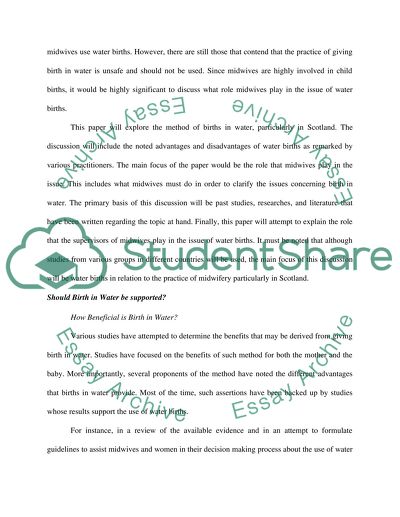Cite this document
(“Birth in Water Essay Example | Topics and Well Written Essays - 2250 words”, n.d.)
Retrieved from https://studentshare.org/health-sciences-medicine/1523148-birth-in-water
Retrieved from https://studentshare.org/health-sciences-medicine/1523148-birth-in-water
(Birth in Water Essay Example | Topics and Well Written Essays - 2250 Words)
https://studentshare.org/health-sciences-medicine/1523148-birth-in-water.
https://studentshare.org/health-sciences-medicine/1523148-birth-in-water.
“Birth in Water Essay Example | Topics and Well Written Essays - 2250 Words”, n.d. https://studentshare.org/health-sciences-medicine/1523148-birth-in-water.


